Life in the suburbs comes with a unique set of unspoken expectations—those silent rules that neighbors follow without ever spelling them out. They’re not written into homeowners’ association bylaws or posted on community bulletin boards, but everyone seems to know them: keep your lawn tidy, don’t park on the street overnight, and keep the holiday decorations within reason. These norms quietly shape the rhythm of suburban living and help maintain a sense of order and harmony—at least on the surface. In this article, we’re uncovering 12 of these unwritten suburban rules that everyone follows but no one really talks about.
1. Keeping a Perfectly Manicured Lawn

One of the most enduring symbols of suburban conformity is the perfectly manicured lawn. The pressure to maintain a lush, weed-free, and precisely edged lawn can be intense in many suburban communities. According to a study published in the Journal of Environmental Horticulture, homeowners in neighborhoods with high levels of social interaction often feel compelled to maintain lawns that meet or exceed the standards of their neighbors. This can lead to significant time and expense spent on fertilizers, pesticides, and professional lawn care services, even for those who might prefer a more natural or low-maintenance landscape. The desire to avoid being the “eyesore” of the block often drives this trend.
The perfectly manicured lawn can be seen as a visual representation of responsibility and community belonging in suburban settings. A well-kept lawn is often interpreted as a sign of a homeowner who cares about their property and contributes to the overall appearance of the neighborhood. This social pressure can override individual preferences for more ecologically friendly or less water-intensive landscaping options. The perfectly striped and weed-free lawn, therefore, often exists more as a response to social expectations than a personal desire for that specific aesthetic.
2. Installing Fencing
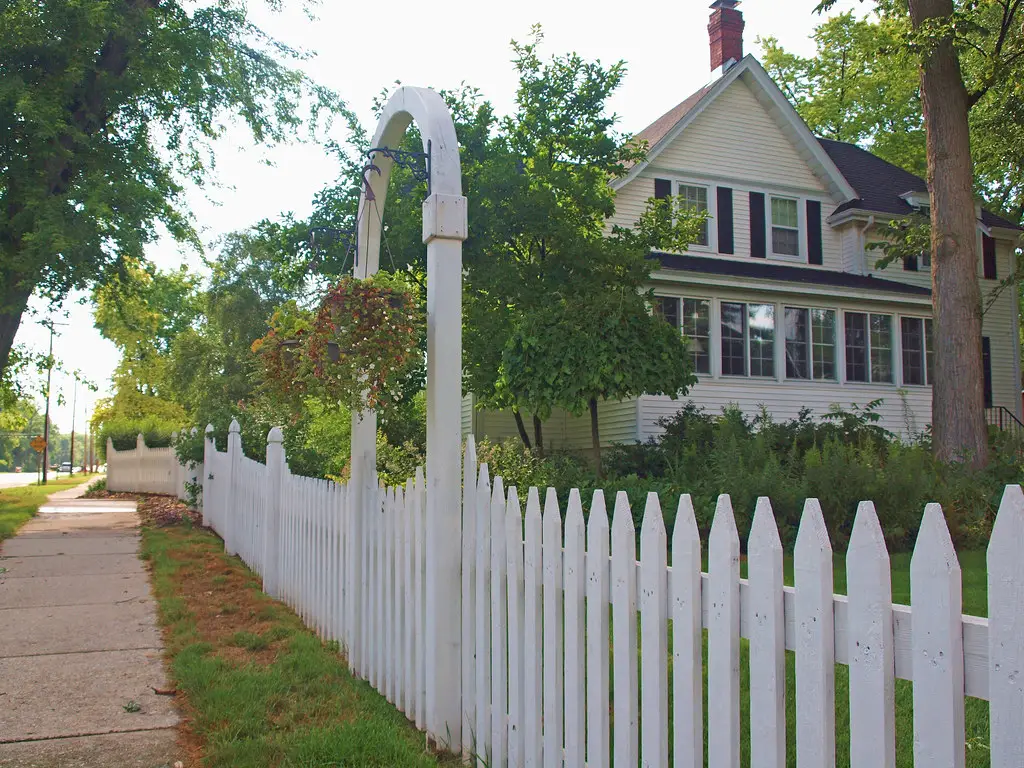
The desire for a fenced-in backyard is a common one in suburban areas, often driven by a combination of practical needs and social expectations. While fences can provide privacy, security for children and pets, and a defined property line, the uniformity of fenced backyards in many suburbs suggests a degree of peer influence. According to Smithsonian Magazine, the prevalence of fences can also be linked to a desire to create a private outdoor space that conforms to neighborhood norms. The visual consistency of fenced yards contributes to the overall suburban aesthetic.
The height, style, and material of fences can also be influenced by neighborhood trends, with certain types of fencing becoming more popular due to their prevalence in the area. The pressure to have a backyard that aligns with the expectations of neighbors, particularly in terms of safety and privacy, can lead homeowners to install fences even if they might prefer a more open landscape. The fenced-in backyard has become a quintessential feature of the suburban ideal, often driven by a mix of practicality and social conformity.
3. Manicuring Cookie-Cutter Landscaping
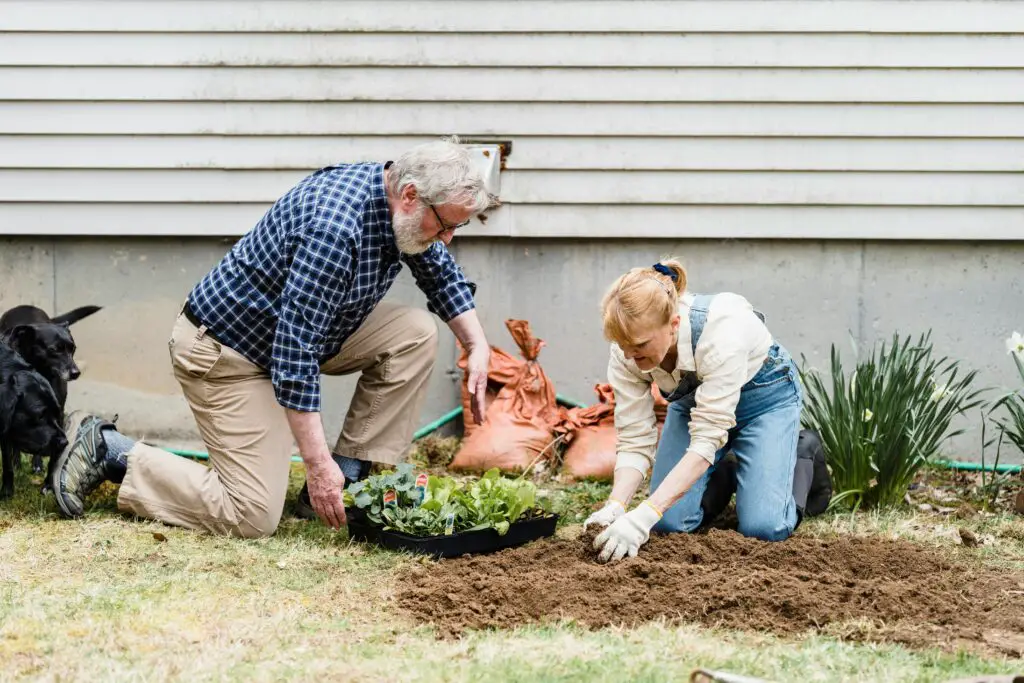
While some suburban neighborhoods encourage individuality in landscaping, many exhibit a strong degree of similarity in plant choices, hardscaping, and overall design. This can be driven by homeowners associations (HOAs) with strict landscaping rules or simply by the tendency to emulate what is perceived as attractive and acceptable within the community. According to Noema Magazine, homeowners often choose plants and designs that are commonly seen in their neighborhood to fit in and maintain property values. This can lead to a somewhat homogenous visual landscape.
The pressure to have a yard that is well-maintained and aesthetically pleasing according to neighborhood standards can limit individual creativity and the adoption of more diverse or eco-friendly landscaping options. The fear of standing out negatively or violating HOA regulations can lead to a preference for conformity. This phenomenon highlights how social expectations can shape the visual character of suburban neighborhoods, sometimes at the expense of personal expression or environmental considerations.
4. Having Two-Car (or More) Garages
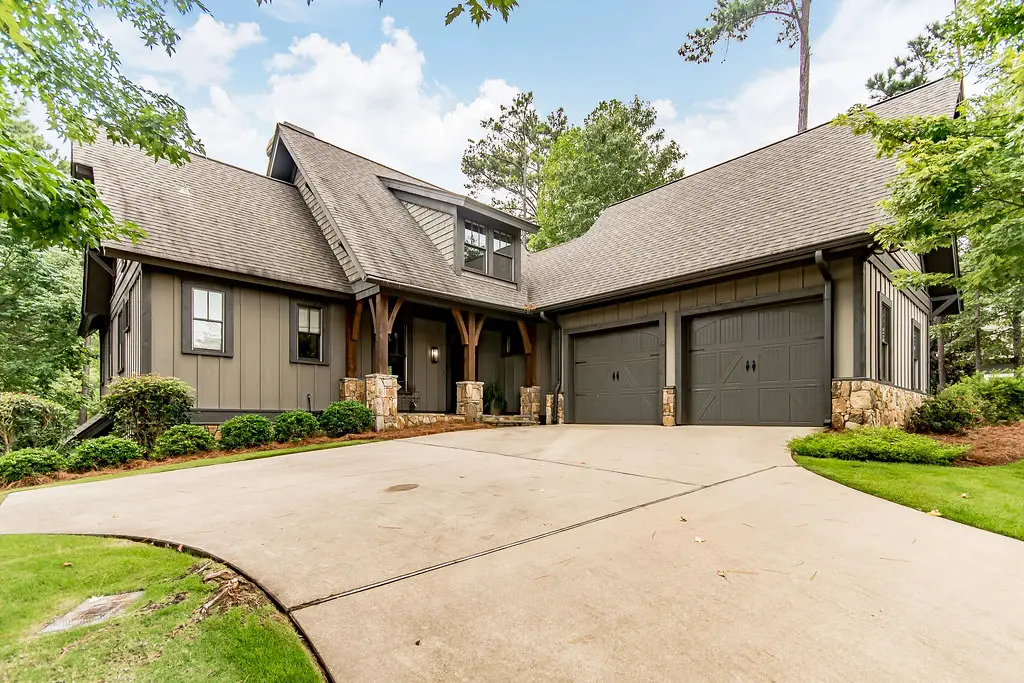
The expectation of having a multi-car garage has become deeply ingrained in many suburban areas, even for households with only one vehicle. According to data from the U.S. Census Bureau’s American Housing Survey, the majority of single-family homes built in suburban areas since the late 20th century include at least a two-car garage. This trend is often driven by the perception that a multi-car garage is a standard feature of suburban homes and provides necessary storage space, even if the extra parking isn’t always needed. The desire to have a home that meets the expected norms of the neighborhood can fuel this preference.
The prevalence of multi-car garages can also be linked to the car-centric nature of many suburban communities, where personal vehicles are often the primary mode of transportation. The extra garage space can be seen as accommodating future needs or providing storage for recreational equipment and other household items. However, for some homeowners, the additional garage space simply becomes a repository for clutter, highlighting the influence of perceived necessity over actual use. The multi-car garage often serves as a symbol of suburban affluence and conformity.
5. Keeping Your Car Off the Street
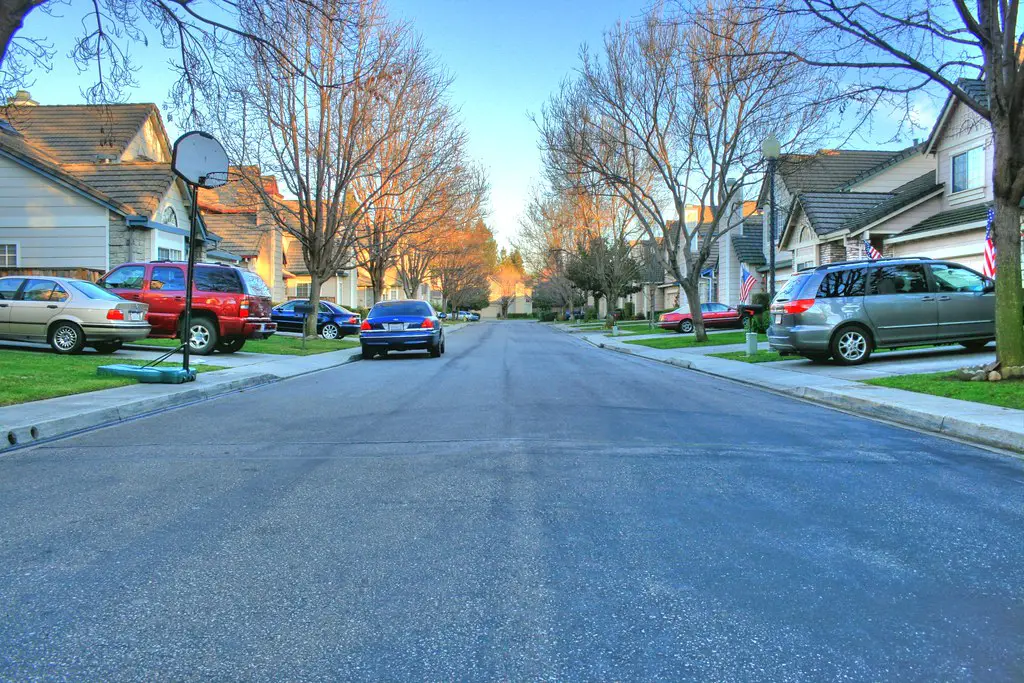
In many suburban neighborhoods, there’s an unspoken rule about where you park your car—and it’s almost never on the street. Whether it’s to maintain curb appeal, preserve a sense of order, or simply because it’s what “good neighbors” do, homeowners often make sure their vehicles are tucked neatly into driveways or garages. While there may not be a legal restriction, leaving your car on the street overnight can raise eyebrows or spark passive-aggressive commentary in neighborhood group chats. The preference for off-street parking is about more than just aesthetics; it’s a quiet nod to responsibility, respect for shared space, and the values of tidy suburbia.
This habit also signals status and pride in homeownership. A clear driveway often indicates a home that’s well-maintained, while a cluttered one—or repeated street parking—might be seen as a sign of disorganization or disrepair. Residents may go to surprising lengths to ensure their vehicles are out of sight, even when garages are full of everything but cars. Ultimately, keeping cars off the street isn’t just about convenience—it’s a subtle act of conformity that helps preserve the picture-perfect image so many suburban communities strive to maintain.
6. Finishing the Basement
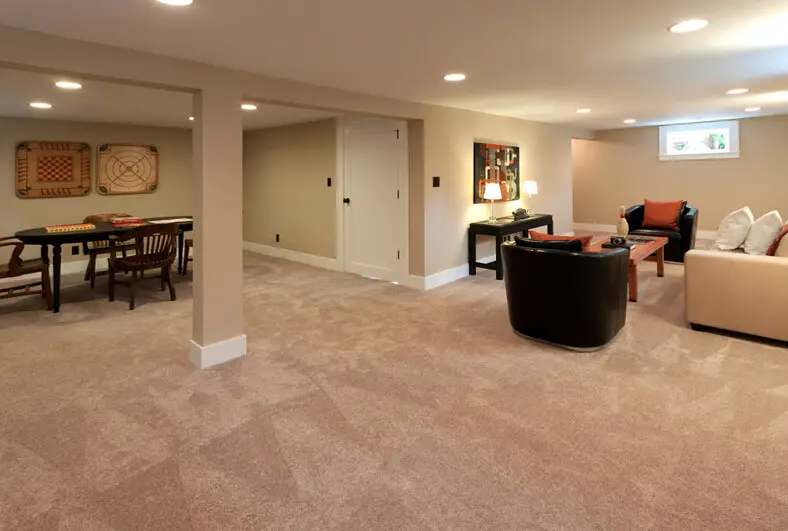
In suburbs with basements, the pressure to have a finished basement as an additional living space can be strong. While a finished basement can add valuable square footage and functionality to a home, the decision to invest in finishing it is often influenced by the perception that it’s a standard feature in the neighborhood. The desire to have a home that is comparable in size and amenities to those of neighbors can drive this trend.
The way a basement is finished – whether as a recreation room, home theater, or guest suite – can also be influenced by neighborhood norms and popular trends. The pressure to maximize the usable space of a suburban home often leads to the widespread finishing of basements, even if the additional space isn’t always a top priority for the individual homeowner.
7. Neighborly Chit-Chat
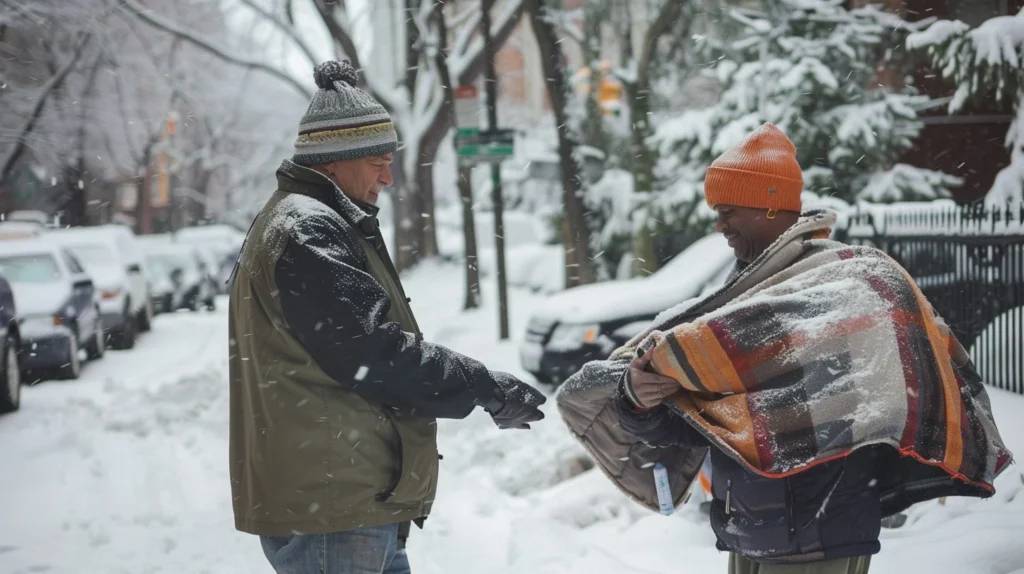
Suburban life thrives on brief, surface-level interactions—the kind exchanged over fences, driveways, and mailboxes. Whether it’s commenting on the weather, complimenting a new flower bed, or casually asking about weekend plans, neighborly chit chat is a quiet but essential ritual. It helps build a sense of community without the pressure of deep friendship. A quick wave or light banter shows you’re friendly, approachable, and aware of your surroundings. These small moments of connection help stitch the neighborhood together and keep everyone on relatively good terms, even if the conversations never go beyond “Nice day, isn’t it?”
However, there’s an art to keeping it short and sweet. In suburban culture, it’s understood that friendliness has boundaries—too much sharing can come off as nosy, while too little might make you seem aloof. This balance of polite interest without intrusion is part of the social code. Mastering the neighborly nod or two-minute chat is a kind of suburban diplomacy: it keeps fences metaphorically low, spirits high, and the cul-de-sac peace intact.
8. Decorating Formal Dining Rooms (Even if Rarely Used)
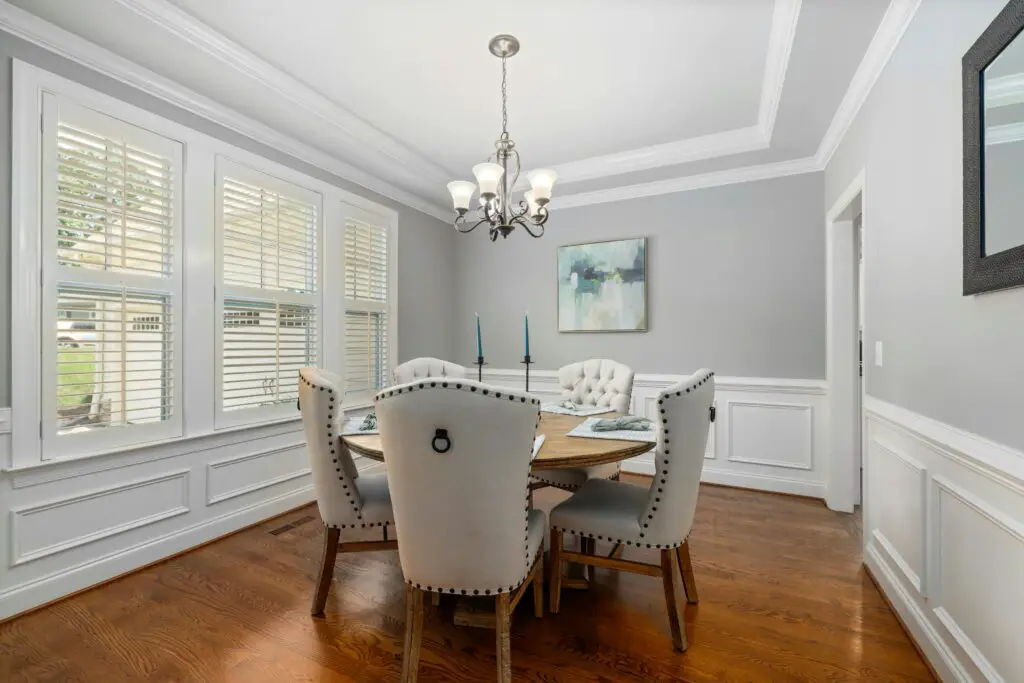
Despite changing lifestyles that often favor more casual eating areas, the formal dining room persists in many suburban homes. This can be attributed, in part, to the enduring perception that a formal dining room is a necessary feature for a “complete” suburban home, especially for holiday gatherings or special occasions. The pressure to have a home that aligns with traditional suburban layouts can drive the inclusion of these often underutilized spaces.
The size and decor of formal dining rooms can also be influenced by neighborhood norms, with larger homes often featuring more elaborate dining areas. The desire to have a home that meets the expected standards for entertaining in a suburban community can contribute to the continued presence of formal dining rooms.
9. Window Treatments Are Highly Specific
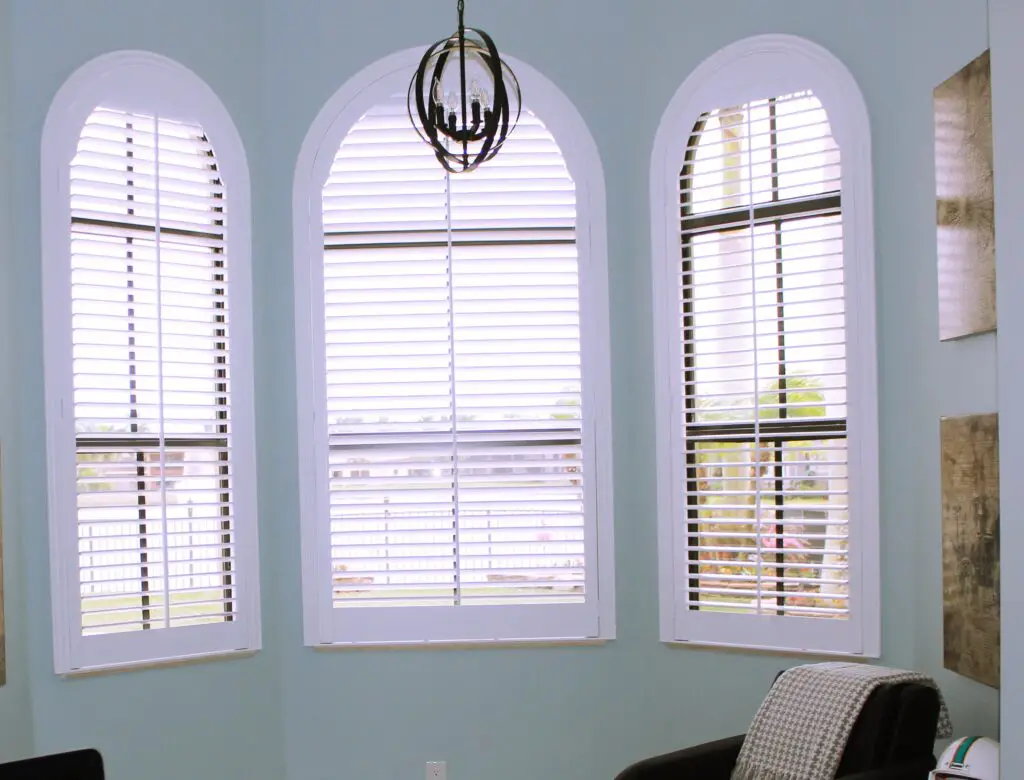
The style and type of window treatments chosen by homeowners can also be influenced by suburban peer pressure. Certain styles, such as plantation shutters or specific types of blinds, can become popular within a neighborhood simply because they are widely adopted and perceived as stylish or appropriate for the area. The desire to have a home that fits in aesthetically can drive these choices.
HOA regulations can sometimes dictate the types of window coverings visible from the street, further contributing to uniformity. Even without formal rules, the tendency to emulate the window treatments seen in neighboring homes can lead to a lack of individual expression in this aspect of home design.
10. Don’t Overdo It with Holiday Decorations
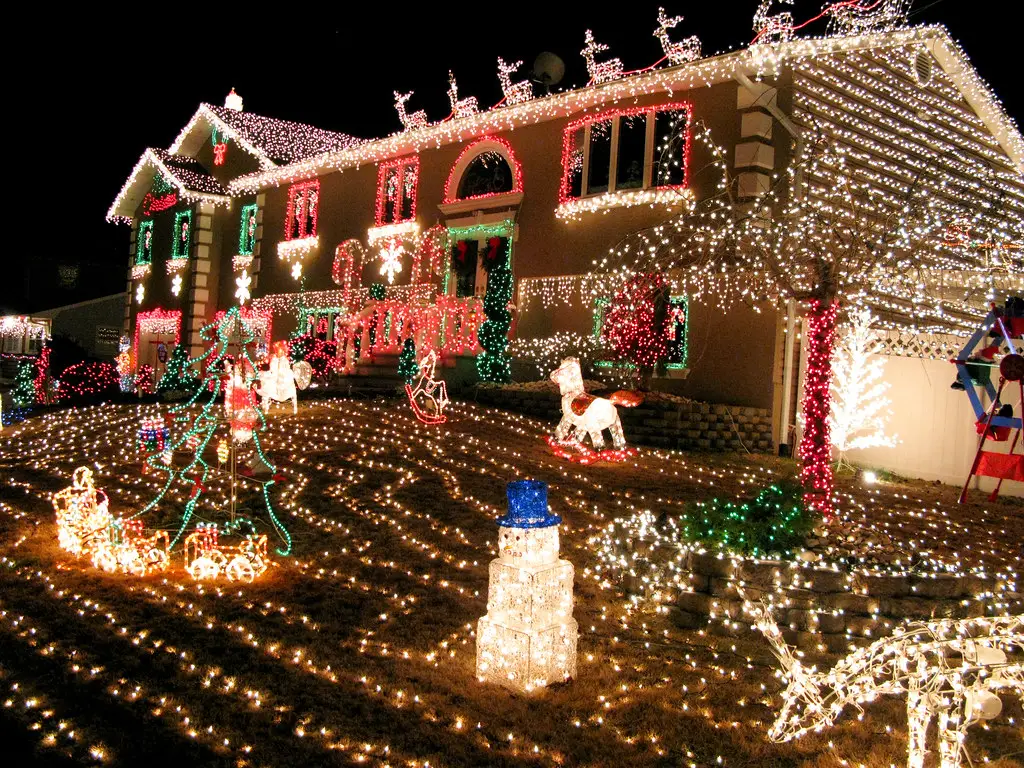
In suburban neighborhoods, holiday decorations are both a source of pride and a quiet competition—but there’s a fine line between festive and over-the-top. While twinkling lights, a seasonal wreath, or a well-placed inflatable can earn admiration, going full Clark Griswold with synchronized music, rooftop reindeer, and a yard full of blinking ornaments might raise a few eyebrows. The unwritten rule is: celebrate, but keep it tasteful. Overdoing it can disrupt the carefully curated aesthetic many neighbors work hard to maintain—and it may even spark anonymous complaints to the HOA or gentle suggestions in the local Facebook group.
Beyond taste, excessive holiday displays can be seen as disruptive or inconsiderate. Bright lights that shine through bedroom windows, heavy foot traffic from curious onlookers, or decorations that linger long after the season ends can quietly annoy the very neighbors you’re trying to impress. In many suburban communities, restraint is the name of the game. It’s about showing holiday spirit without drawing too much attention or disturbing the peace. The best decorators are those who understand that subtle charm often speaks louder than spectacle.
11. Installing Outdoor Lights
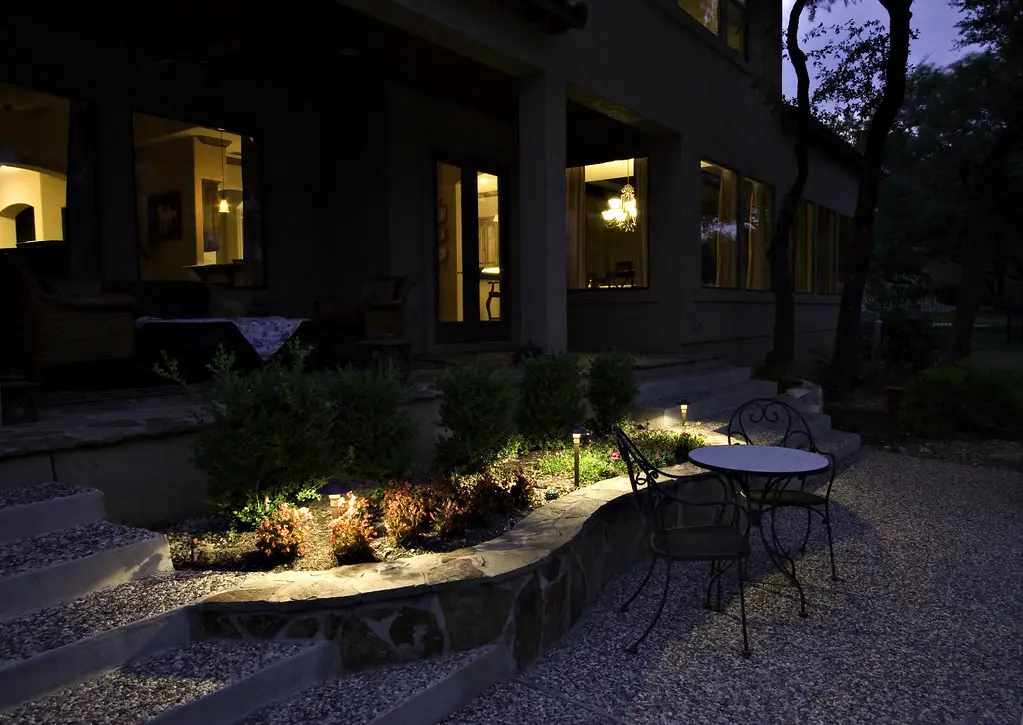
The way a suburban home is illuminated at night can also be influenced by neighborhood trends and expectations. Elaborate landscape lighting, spotlighting architectural features, or festive holiday light displays can become common simply because they are widely adopted within the community. The desire to have a home that contributes to the overall nighttime ambiance of the neighborhood can drive these choices.
HOA guidelines can sometimes regulate the type and intensity of outdoor lighting. Even without formal rules, the tendency to emulate the lighting schemes of neighboring homes can lead to a degree of uniformity in this aspect of exterior design.
12. Keeping a Home Security System (with Obvious Signage)
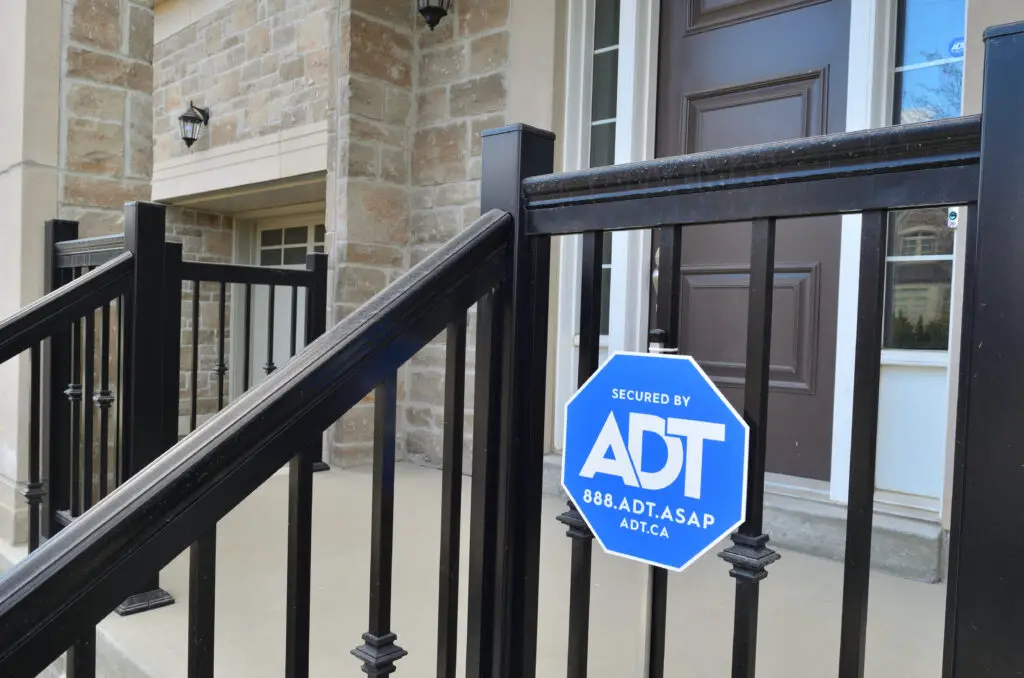
The presence of home security systems, often advertised with visible yard signs, has become increasingly common in suburban areas. While security is a genuine concern, the widespread adoption of these systems and the display of their signage can also be influenced by a sense of peer pressure and the desire to project an image of security-consciousness. Seeing numerous neighbors with security signs can prompt others to install systems as well.
The specific brands and features of security systems that become popular in a suburb can also be influenced by word-of-mouth and perceived neighborhood standards. The desire to feel as safe and secure as one’s neighbors can drive the adoption of these systems and the display of their signage.
